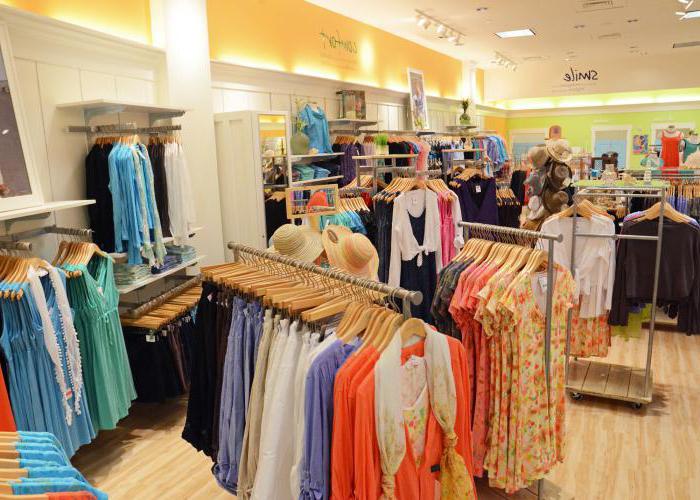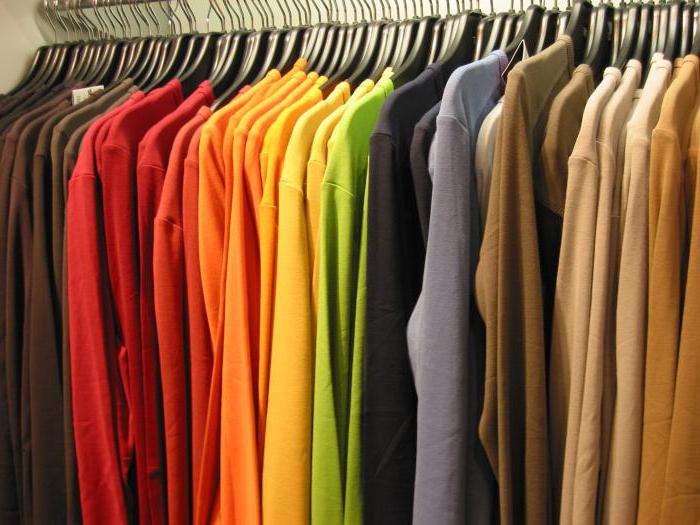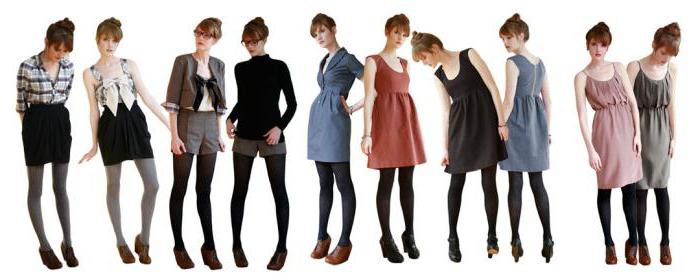The concept of "stock" comes from the consonant English word, which translates as "store in a warehouse" or "stock". Thus, stock is clothing that has not been sold previously. In this case, the stock store is an enterprise trading in the remaining goods.
Stoke: what is it when it arose?

The first companies of this type arose several decades ago. Their appearance was justified by the fact that retail chains and enterprises could not completely sell out new collections, despite all their marketing tricks. At the end of each season there was a decent amount of things from past collections, and fashion went on. This reduced the speed of capital turnover and reduced the financial ability of companies. This state of affairs did not suit anyone, so a new idea arose. A separate store could sell the remains of things and shoes, various accessories and other things - stock. What is marketing? The ability to dodge and not lose your profit.
Popularity

The idea found its consumers. Already after an insignificant time, the stock segment took confident positions in the market. In the States and European countries, people are worried about maintaining the family budget, so the stock business has long had a great financial turnaround, making good competition with the release of new collections. Stock enterprises in the CIS have gained popularity after the financial crisis, because the cost of Turkish and Chinese goods, which were previously cheap, has risen significantly. The middle class could not afford to buy clothes at such prices. Buyers learned about stock that such an enterprise can significantly save money.
The essence of stock goods

The peculiarity of stock enterprises in providing a huge discount on all goods. The discount from branded stores can reach 70-80%, as, for example, in the company "Stoke City".
Drain sources

There are several main resources of stock things and their corresponding types:
- Reissue at a factory or factory.
This type of runoff is called factory or factory. It includes original items that for some reason did not leave the factory warehouse. Surplus goods may arise, because after the batch is over materials remain. They are paid in advance, but simply selling them is almost impossible, so the factory produces an additional batch of clothes or shoes. The implementation of such things goes through stock wholesale companies that directly buy large batches from factories directly without intermediaries. Also, a similar stock may be formed due to the refusal of the trading network from part of the party or even from cooperation. Sewing factories, like any other business, need working capital, so the goods must be sold. Stock companies buy goods and sell them at a discount. - Stock wholesale, stock dealers.
This is a product bought by wholesale buyers. Such products were bought by wholesalers from official companies. The latter could not sell the goods in full, but as you know, in European countries the collection is considered fashionable for three months, individual networks even reduce this period from two weeks to a month. Suppose a collection has nine thousand units, and only five of them have purchased networks. The company is forced to search for new connections or to cooperate with stock enterprises. It is necessary to check this type of stock, because unscrupulous dealers are trying to sell stock five or ten years ago. - Warehouse stock.
What is this type of drain? It should be distinguished as a separate one.Can be attributed to retail chains or dealer balances. The stock exceeds the quality and the complete set of the store, it is packaged, has tags and does not contain small defects, which can occur during the fitting in stores. An important feature of this type of runoff is the presence of dimensional grids. - Stocks of retail chains.
The main part of the stock goods that arrives in the CIS is precisely this type. Western countries also often find this type of product. This is clothing that has not been sold out during the season and after the end of the promotion. It is removed and stored in designated warehouses, and then it is sold to wholesale companies or sent to stock enterprises in European countries.
Runoff formation

The store receives a new collection of goods of a particular brand. The company sets the initial price. Few people know that the margin can exceed more than a thousand percent of the cost of goods. A certain part of the lot is sold at the maximum price. Time passes and clothes are already sold with a concession of 20-30%. At this price, some part of the lot is sold. Final sales at the end of the season sell goods at a discount of 70-90%. Such stocks still do not sell the entire balance of the goods, so part of the lot remains unchanged. What can be done?
Solution options

The first option is to leave the clothes in stock. The second is to put it back on sale. None of the proposed outcomes are pleasant to the trading enterprises for a number of reasons. During sales, you can sell a small part of the collection. If both the new collection and the previously unsold goods remain in one trading floor, the buyers feel uncomfortable. Someone considers the purchase of a discounted product to be a decrease in their status, someone prefers not to go to a store with sales. Moreover, price policy The brand becomes inexplicable to the buyer. Nearby are goods of the same quality, but with a big difference in cost. This negatively affects the company's reputation. Another negative consequence of combining collections is a waste of space on the trading floor. Clothing from previously released collections reduces the store’s profit per unit area of the sales area. Unsold goods freeze finances, which could bring much greater profit outside the goods.
Sales of goods to stock enterprises
So, store owners are faced with a number of difficulties requiring immediate solutions. There is more than one way out. It is possible to open an intended store or a network of the like, which could sell the remaining goods at a significant discount. Not only does this option solve the problem with the accumulation and sale of goods, it also helps to increase the target audience of the brand. People who cannot afford to buy the goods of this company at regular cost will come to such stores. The option is acceptable for large and deployed networks that can open a separate stock (Moscow offers many such examples) and stably fill it with goods.
Another solution to the situation is the sale of goods from another stock network or wholesale stock enterprises. For example, the brand "Adidas" sells its stock to many enterprises. This allows you to sell shoes and clothes that have not been sold before. The selling price of such products, of course, is much lower than the retail store. But the solution to the above problems is worth it. Moreover, this is a suitable way for branded boutiques to get rid of the accumulation of rare sizes. Wholesalers buy these things if the clothes were recently released, but their supply is no longer planned.
